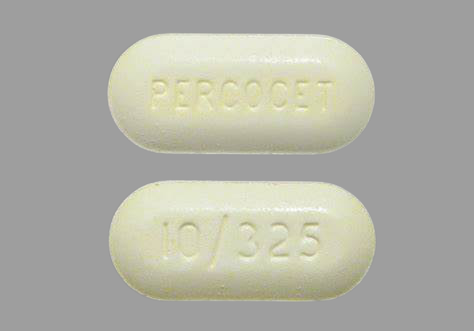Blog
percocet pills

Percocet Pills: Uses, Side Effects, and Safe Consumption Guide
Percocet pills are one of the most widely prescribed medications for managing moderate to severe pain. Known for their strong pain-relieving properties, these pills combine two active ingredients — oxycodone, an opioid analgesic, and acetaminophen, a non-opioid pain reliever — to provide effective relief from pain caused by surgery, injury, or chronic conditions.
In this post, we’ll explore what Percocet is, how it works, its potential side effects, and the safest way to use it.
What Are Percocet Pills?
Percocet is a prescription pain medication that belongs to the class of opioid combination drugs. Each tablet contains:
- Oxycodone hydrochloride — an opioid that acts on the brain and spinal cord to change the perception of pain.
- Acetaminophen (paracetamol) — a non-opioid pain reliever that reduces fever and enhances the pain-relieving effect of oxycodone.
This combination makes Percocet highly effective for short-term pain management following medical procedures, injuries, or dental surgeries.
How Do Percocet Pills Work?
Percocet works by altering the way the nervous system responds to pain. Oxycodone binds to specific receptors in the brain and spinal cord, reducing the sensation of pain, while acetaminophen lowers fever and enhances overall relief.
The combination provides fast-acting and long-lasting pain control, usually within 30 to 60 minutes of ingestion.
Common Uses of Percocet Pills
Doctors may prescribe Percocet for conditions such as:
- Post-surgical pain
- Severe dental pain
- Injury-related pain (fractures, sprains, burns)
- Chronic pain not responsive to other medications
Because Percocet contains an opioid, it is typically used for short-term treatment to reduce the risk of dependence.
Proper Dosage and How to Take Percocet
Percocet should always be taken exactly as prescribed by a healthcare provider. The dosage depends on the severity of pain, patient’s age, and medical history.
- Take the tablet by mouth, with or without food.
- Do not exceed the recommended dose, as high doses of acetaminophen can cause liver damage.
- Avoid alcohol or other sedatives while taking Percocet — mixing substances can lead to dangerous respiratory depression or overdose.
If you miss a dose, take it as soon as you remember, but never double the dose.
Side Effects of Percocet Pills
Like all medications, Percocet can cause side effects. Common ones include:
- Drowsiness or dizziness
- Nausea and vomiting
- Constipation
- Lightheadedness
Serious side effects that require immediate medical attention include:
- Difficulty breathing
- Severe drowsiness or confusion
- Slow heart rate
- Signs of liver problems (yellowing of eyes or skin, dark urine)
If any severe reaction occurs, contact a healthcare professional immediately.
Warnings and Precautions
- Addiction Risk: Oxycodone can be habit-forming. Use Percocet only for the duration prescribed.
- Liver Damage: Taking more than 4,000 mg of acetaminophen per day can cause liver failure.
- Drug Interactions: Inform your doctor about other medications you are taking, especially sedatives, antidepressants, or muscle relaxants.
- Pregnancy and Nursing: Percocet may cause withdrawal symptoms in newborns and should only be used during pregnancy if clearly needed.
Storage and Disposal
Keep Percocet pills in a secure location, away from children, pets, and anyone not prescribed the medication.
To dispose of unused tablets, use a drug take-back program or follow FDA guidelines for safe disposal — never flush medications unless instructed.
Final Thoughts on Percocet Pills
Percocet is a highly effective pain management medication when used responsibly under medical supervision. It offers powerful relief for moderate to severe pain but must be taken with caution due to its potential for addiction and overdose. Always consult your healthcare provider before starting or stopping Percocet and follow dosage instructions carefully.
